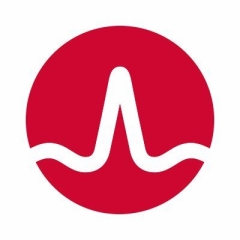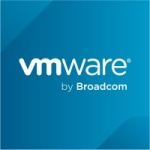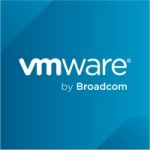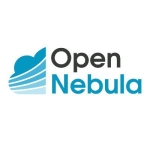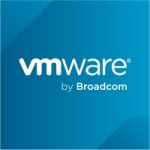What is most valuable?
Currently, the most valuable features of the product are monitoring, capacity management and planning; things of that nature.
We run a SCCM and SCOM. We took all of that and piped it in the back-end. That took a good amount of time; a couple of months to get it cleaned up and working. Once we had that completed, we first used it for capacity management and planning. With that, we were looking at what's over-provisioned, under-provisioned, things of that nature.
Moving forward, we took it to phase two, which is now. We're trying to do more proactive capacity management planning; look at forecasting on disk space, things of that nature. Now, moving forward, we're actually trying to move to a platform where we're going to try to make this our main monitoring base, too. We're going to build out portals. We're mapping everything as a service now, trying to go from individual VMs; we're trying to build everything out as a platform service and then build out portals so that we can publish all of these portals.
How has it helped my organization?
The benefits for us, because we're mostly virtualized, it's getting everything under one hood. That's probably the biggest thing for us.
It has most definitely helped us avoid outages or shortened outage time. I think that with forecasting and disk space features, we've easily avoided outages for machines. For example, we had older machines that had BDE partitions on them. With those, even if they're thin-provisioned, you had to take them down and remove that BDE partition before you could re-size them. With that, if you find something that ran out of space quickly, because we have a lot of growth there, we were able to forecast it, and say, "This thing is going to run out in three weeks; let's schedule some down time and get it cleaned up. Get some space added."
We use capacity management a lot and it's been pretty accurate for us.
With performance management, I think that some of the recommendations are a little off, but overall, it's been pretty good. They'll tell you that it's over- or under-provisioned. We've found that when we try to clean up and reclaim some resources, that might not necessarily be the case. Overall, we'll take about 50 to 60 percent of what they're saying we can remove and do that.
Adding it seems a little better with regards to saying that it's under-provisioned. We've found that when it's under-provisioned and we add the resources, what it's telling us is pretty accurate.
We're just getting into the new version 6 features now; more automation, increased integration with DRS for workload balancing and scheduling. We're still behind on some of it. We have not gotten into it yet.
What needs improvement?
We'd like to see more customizable things, more management packs; the ability to not have to customize the portals and do everything so ad-hoc. If they built more frames and shells into it so that you could deploy things easier and get it built out easier.
For example, and I'm not the primary one doing this, when you're building out the management monitoring portals and piping SCOM in and things of that nature, everything seems to be fully customized. There's no easy way to do that type of stuff. It should automatically be customized, or there should be templates or shells that you could use.
I'd like to see templates and other features built in, for when you're building out a portal and you want to give a portal and map out of all of your objects and services, and not machines themselves. I feel like that should either be built in or cleaned up so that you could build it in.
The UI can be a little laggy, at times; improving that would be nice. It just seems slow when it's loading out.
The organizational layout of it is pretty bad. There's a lot of information and a lot of tabs. When you're going to try and rifle through everything, it's very convoluted.
For how long have I used the solution?
I have been using it for a year and half or two years.
What do I think about the stability of the solution?
We've had no stability issues to date. None. I know that it sounds crazy, but we did take it slow though.
What do I think about the scalability of the solution?
Scalability has been good so far. We don't have a huge undertaking on it yet. Right now, we're using it for a couple hundred VMs and then maybe 300 or 400 VDI solutions. We're just starting the VDI side of things.
How are customer service and technical support?
We have used technical support once or twice, and it hasn't been great; slow, a little inaccurate. We've worked through it; we're able to get the end result. It just wasn't as quick as calling in a BCS ticket. They were knowledgeable, and pretty good. It was just slow getting to the end of what we wanted to get to with resolutions.
Which solution did I use previously and why did I switch?
We looked at it, we liked it. We talked to our TAM and they pretty much talked us into it. That's pretty much how we went with it.
How was the initial setup?
I was somewhat involved in the initial setup. I have a main guy that does it. I was overseeing the project. I know that initial setup was fairly complex, but I don't think that it was ridiculous.
Which other solutions did I evaluate?
We looked at a few other vendors. It wasn't a very large offering. Also, for the price, it was very good. It was a very good price, we thought. We're educational too, so there's a different spin on that, as far as looking at third-party vendors versus this, plus we're trying to semi-unify on platforms and management. Trying not to keep putting more and more layers into everything.
What other advice do I have?
Give yourself enough time to do it. It's going to take a little while. It took us a good six months to get it off the ground and functional. Probably another three to six months to get into the advanced features of it.
Disclosure: My company does not have a business relationship with this vendor other than being a customer.

